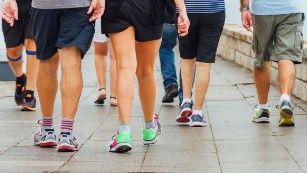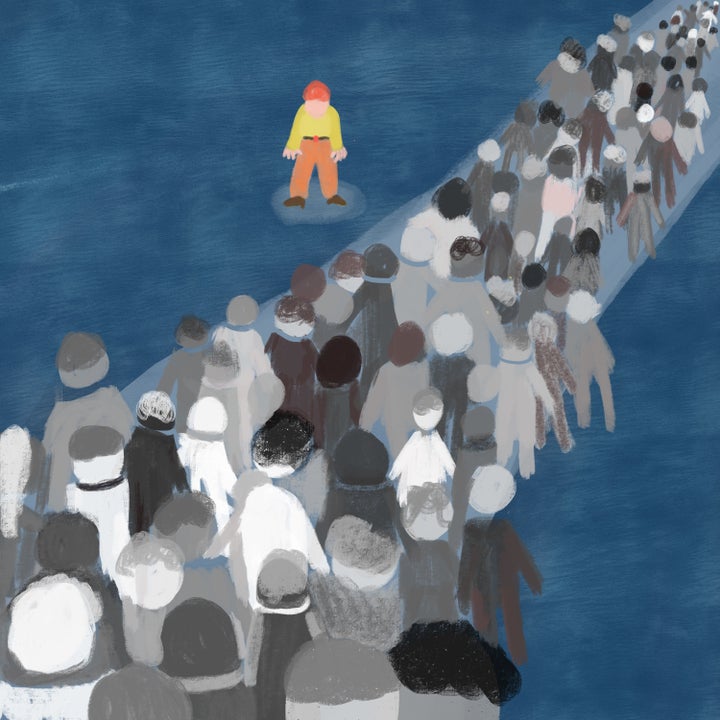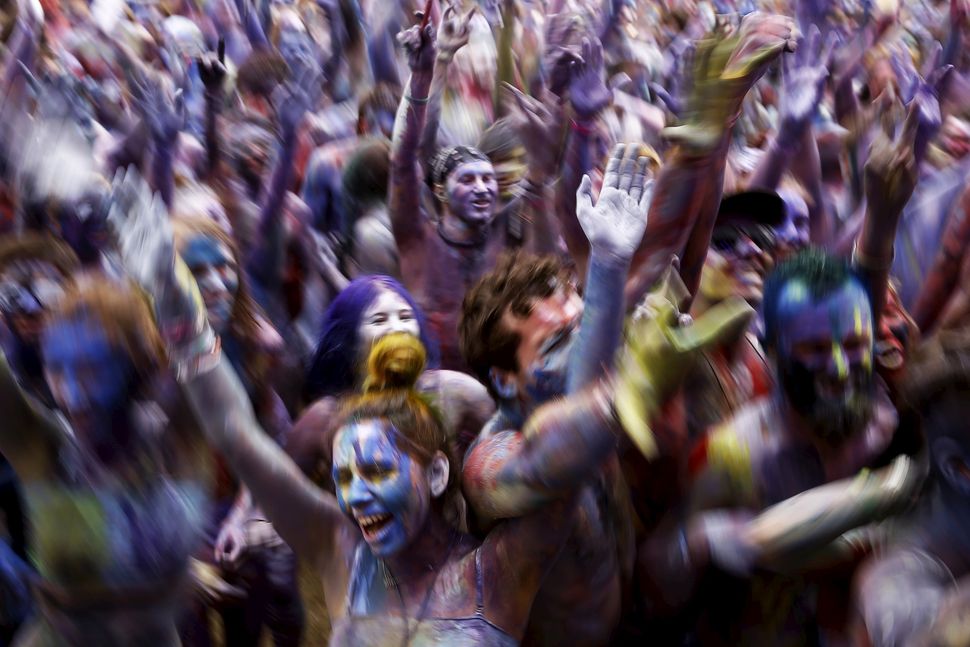 |
| Kids are spending more time online than ever. |
Keeping your children safe online seems to get more difficult by the day. Children as young as five are getting tablets and smartphones. Facebook, Twitter, Snapchat, Instagram and other apps have become essential to how kids and teens communicate with each other.
And yet, in the decades since children have been using the internet, a host of parental controls and devices have been developed to make it easier to monitor online use. And the new crop of parents are more familiar with the inner workings of the internet than ever before.
One of the most fearsome threats to kids is online luring – the act where a predator attempts to coerce or trick a child from the safety of their homes or schools, with the intention of committing sexual offenses or abducting them.
Parents should use what technology is available to protect their kids, but the most important thing parents can do, experts told Business Insider, is talk to their children about being safe online.
“The best parental control out there is talking to your kid,” said Stephen Balkam, the founder and CEO of the Family Online Safety Institute.
Every child and teen is different. There isn’t a one-size-fits-all approach to keeping your kids safe.
“It has to be a really complicated and layered approach. It really is different for every family, every parent and every kid,” said Paige Hanson, chief of identity education at Symantec.
Here’s what you need to know about protecting your kids from online predators – including online luring.
What is online luring?
Online luring is the act of coercing or tricking a child into leaving the safety of their homes or schools, with the intention of committing sexual offenses or abducting them.
The most effective way to protect against predators is to keep tabs of what your children are doing online, say experts.
Don’t let your child sign up for social media if they’re under 13
 |
| A screenshot from Facebook’s Messenger Kids app |
The Children’s Online Privacy Protection Act already makes it illegal for children under 13 to sign up for websites that gather data about users, which notably includes most social media sites.
Parents should stick to this rule, or even wait until their child is older, Balkam said. But sometimes it’s easier said than done to enforce.
Parents who help their children under 13 make Facebook accounts “to talk with Grandma” should instead consider downloading Facebook Messenger Kids, the social media giant’s dedicated app for children between the ages of 6-12. The app lets parents see their child’s messages, control their contact list, and set time limits.
But Messenger Kids is controversial and has been met with
backlash from health experts and child advocates, who have called on the app to be shut down completely, on the basis that the app could push children towards smartphone addiction in their earliest stages.
Another problem parents may have to contend with: Kids can simply lie about their age. In these cases, it may be difficult to stop them from making an account entirely, especially if they have their own tablet or smartphone. But experts recommend having a conversation with children who want social media accounts before they open one.
iOS and Android parental controls

Parents can set restrictions on any iPhone, iPad, or Android device.
In an iPhone or iPad’s settings, go to “General” and find “Restrictions.” Once there, parents can restrict access to certain apps or games, including the Safari web browser and the camera. Parents can also prevent children from making any purchases or downloads in the app store.
On Android, parents can download the Family Link app, which lets users set restrictions on what apps and videos can be downloaded from the Google Play store. Without the Family Link app, parents can set content restrictions directly in the Google Play app by going to the “parental controls” option in the app’s settings.
“Dumb” phones

For children as young as five, parents may want them to have a way to contact them, especially in the case of an emergency.
“I grew up in small town Iowa. We didn’t need a phone. We just said we were at our friend’s house and I could be trusted to be home before dinner. It’s not the same thing now. You need to be able to be reached in case of an emergency,” Hanson said.
Here are some popular phones and smartwatches with only basic capabilities for children:
Jitterbug Flip: The Jitterbug Flip only lets children call and text. The phone is made for seniors, but it can also be useful for children as well.
LG GizmoGadget: The Gizmo Gadget smart watch lets parents track their kid’s location as well as keep in touch with them. Kids can make and receive calls with up to 10 contacts and send texts, either in the form of a preset message or an emoji.
Kid-friendly tablets

On average, children between the ages of 0-8 spend 48 minutes on a tablet per day, according to a 2017 study from
Common Sense Media. For many young children, tablets are the most common, accessible, and easy-to-use devices.
But with a tablet comes unfettered access to the internet, which may be concerning for parents with young children. With an iPad, you’d have to download third party parental control software or manually change which apps children can and can’t visit. Some parents may find it easier to buy a pared down version of a tablet that has built-in parental controls.
“If you are going to get a younger child a tablet, go after one of the ones that is built and designed specifically for them,” Balkam said. “These are specifically developed hardware and software with parental controls with little kids in mind.”
Balkam’s recommendations:
Fire Kids Edition Tablet: The kid version of the popular Amazon device gives children access to over 15,000 age appropriate books, movies, TV shows, and games. Parents can control what content is available, and how much time they can spend on the device.
Verizon GizmoTab: Instead of a home screen with rows of apps, Verizon’s tablet has 300 preloaded apps that children can view by visiting different “islands.” Children can’t browse the internet, unless a parent allows it.
Third party monitoring apps can help…

If a child has a device that allows them to surf the web, it may a good idea to install a third-party parental control app that can lets you set screen-time limits and block certain websites and apps.
These apps allow for more control than the default iOS and Android settings, but they require more work to set up. And parents should consider privacy, especially for older children, before installing some of the more invasive parental control measures, the experts we spoke to said.
Here are some of the most popular parental control apps:
Qustodio: The free version of the app lets parents block certain websites or apps or limit how much time is spent on them. Plans starting at $54.95 per year allow parents to monitor, social media, calls, and even the content of a child’s text messages. Additionally, the paid plan lets parents enable location tracking and panic alerts.
Net Nanny: Net Nanny is a powerful filtering tool that can block websites entirely, profanity, or give a warning before a child accesses a website instead of blocking it altogether. The app also lets parents monitor social media and set time limits. Plans start at $59.99 for five devices.
FamilyTime Premium: For $1.15 per month for up to five devices, FamilyTime lets parents block apps and websites, set time limits, create a “contact watchlist” that notifies the parent each time a contact on the list calls or texts, track locations, and monitor texts.
…but overstepping can erode trust
Third-party parental apps can allow for some serious snooping, such as monitoring calls and texts. While for parents, these measures are a way to keep children safe, it can also erode trust in a relationship – especially with teens who are older.
“If you found out everything you were doing was being monitored, you’d probably feel pretty violated,” Hanson said.
That’s why it’s important, Hason said, that parents at least be up front and have a conversation about what they’re monitoring and why. It may be satisfactory to be friends with or follow your teen on social media as a condition of having the account.
Be careful of how your child shares location data

When teens post anything publicly online, there’s a good chance they’ll be able to use a geolocation feature, which lets followers know exactly where the child is located. But for young teens, broadcasting exactly where they are and what they’re doing might make them targets.
“It’s a cool feature, it’s a convenience thing,” Hanson said. “But then on the other hand you have the security aspect, that you’re posting publicly where they’re at and what they’re doing and not realizing the consequences of being targeted now because they’re in that specific area.”
Signing a contract

Hanson suggests using a tool like
Smart Talk, a website with resources about online safety and an agreement where parents and kids can set guidelines for how kids use the internet.
“It’s cool because it’s not just a parent telling a kid what to do, you’re actually having a conversation about it together, which has proven to be more successful.”
Make sure any device has a passcode
In the event a child’s device is lost or stolen, it’s important that it have a passcode on it, Hanson said. That way, sensitive information will be protected from any would-be predator who wanted to scour it for personal details.
Above all, have a conversation
Kids are going to be online no matter what. Making sure they know how to be careful and they know how to deal with talking to strangers and having social media is important, experts said.
Especially as kids get older, talking to strangers online is increasingly normal and it’s not always sinister. Sometimes, it happens during a video game, or on a social media site. It’s up to parents to set ground rules early on, engage with children about being socially responsible online, and discuss how to respond healthily to being in online communities.
“We want to make sure they aren’t being warped into basing their self esteem off of the number of likes and comments they get because that’s really where it might go wrong,” Hanson said. “Teens may be looking for a positive influence on online, but then all of the sudden it could turn into a bad situation.”
 The human consumption of psychoactive drugs, such as marijuana, cocaine, and heroin, is of even more recent historical origin than the human consumption of alcohol or tobacco, so the Hypothesis would predict that more intelligent people use more drugs more frequently than less intelligent individuals.
The human consumption of psychoactive drugs, such as marijuana, cocaine, and heroin, is of even more recent historical origin than the human consumption of alcohol or tobacco, so the Hypothesis would predict that more intelligent people use more drugs more frequently than less intelligent individuals.




































